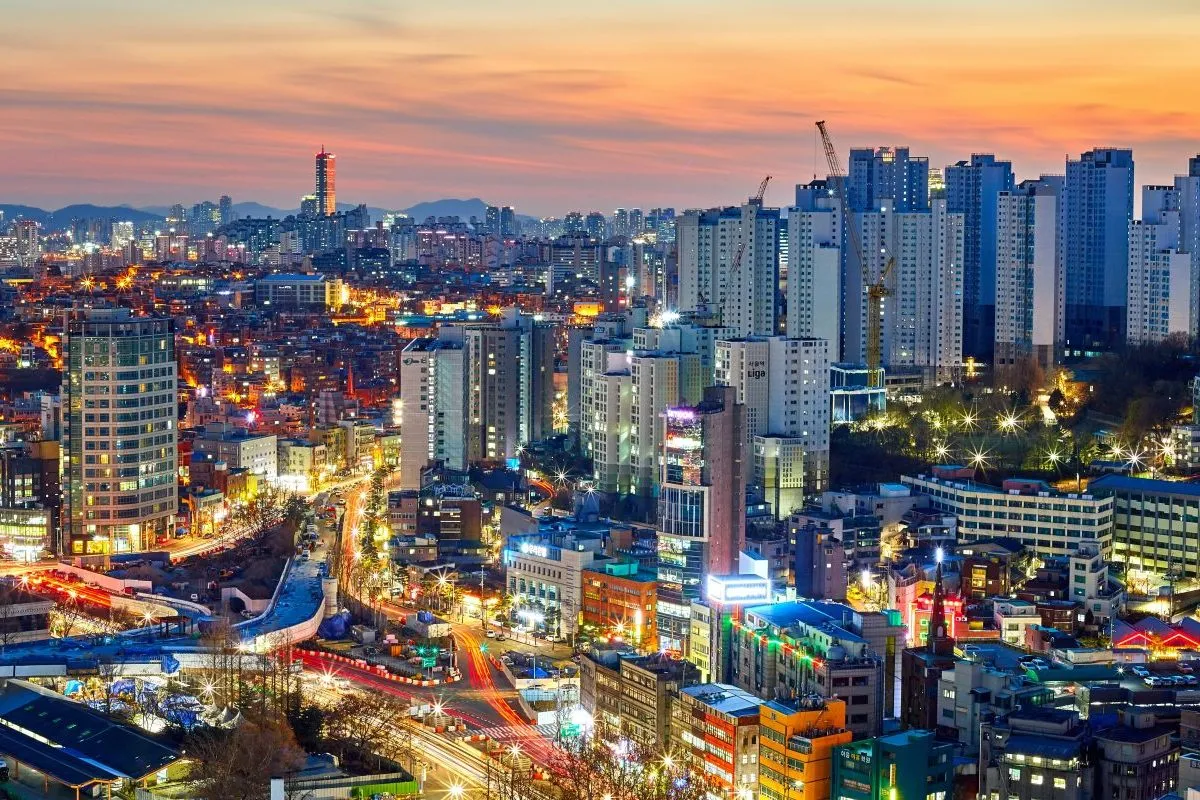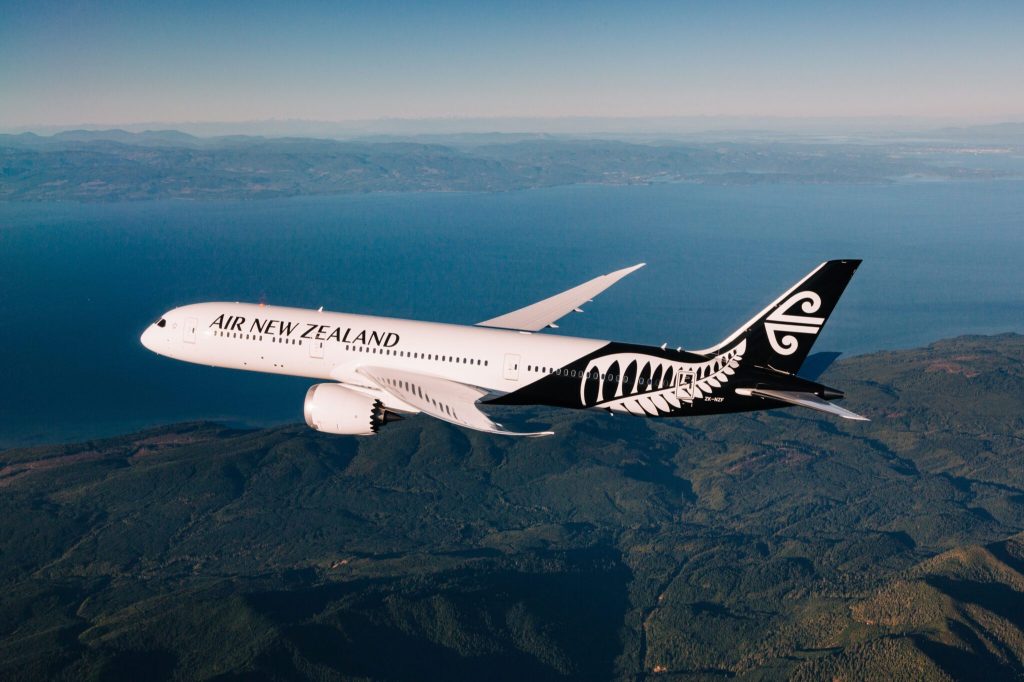Engine Shortage Forces Air New Zealand to Scrap Seoul Route, Again

Skift Take
One of Air New Zealand’s newest long-haul routes is ending after just a single season. On Wednesday, the airline confirmed that its Auckland to Seoul service will not return. The last flight from the South Korean capital to New Zealand is due on March 29.
The three-times weekly seasonal link resumed just four months ago and was due to be back in October 2025. However, supply chain problems affecting the availability of spare parts forced the airline to suspend the route indefinitely.
Air New Zealand said “ongoing engine availability challenges across its fleet,” were to blame.
The airline is offering around 40,000 seats between the cities during the current season on board more than 130 flights. A high-profile business delegation visited Seoul in September 2024 to celebrate the return of the service, with the country described as “an important market” for the airline. Journey times between the cities are around 11-12 hours.
Wednesday’s developments are the latest turbulence to hit the operation of the South Korean route. It was launched in late 2019, just months before Covid-19 shutdown international air travel. In November 2023, after pandemic-era disruptions, the carrier announced its Seoul service would be “paused” from April 2024.
Speaking at the time, Greg Foran, the airline’s CEO, said the move was “to allow more resiliency when the Trent 1000 engines that power our 787 fleet go for regular maintenance due to potential issues with the availability of spare engines from Rolls-Royce to cover the maintenance period.”
Air New Zealand relies heavily upon the Boeing 787 Dreamliner for its overseas network. In recent months, it has leased older 777 jets to back-fill some of the operational shortfall while the 787s undergo engine maintenance. The carrier also has new Dreamliner planes on order from Boeing, with the U.S. company suffering its own delivery challenges.
Air New Zealand Apology
Speaking on Wednesday, Jeremy O’Brien, Air New Zealand’s Chief Commercial Officer, said the decision to end the Seoul route followed a network review: “We understand this will be disappointing for some customers, and we sincerely apologize for the impact. Due to the ongoing challenges with engine availability, we have reviewed our network to ensure we are set up to operate our schedule effectively and best deliver for our customers’ needs.
“We would like to thank customers for their patience and understanding while we work through this change as well as our wider fleet constraint challenges,” said O’Brien.
The airline described the number of customers affected by the change as “small,” adding that they will be contacted to discuss refund and rebooking options. Air New Zealand will continue to operate to other Asian hubs including Taipei, Hong Kong, and Singapore.
In long-haul network planning, a three-times seasonal route is considered a low-risk entry to the market. It balances travel flexibility for customers with modest operational commitment. It can also give airline executives a broader steer on how profitable a year-round or daily frequency could be.
Broader Factors to Consider
As well as engine challenges, it is unclear if changes to the South Korean airline market are also a factor.
Like Asiana Airlines – South Korea’s second-largest full-service carrier – Air New Zealand is a member of the Star Alliance. However, the completion of a merger between Korean Air and Asiana will see the latter leave the Star Alliance.
This will make rival SkyTeam the country’s dominant airline group, with fewer transit opportunities at Seoul’s Incheon Airport for Star Alliance passengers.

On the subject of a possible return to Seoul, O’Brien added: “We are always reviewing demand and assessing our flying schedule. As aircraft and engines become available, we will review our network and make decisions based on customer demand.”
Further Headwinds at Air New Zealand
Along with disruption to its twin-aisle jets, the Auckland-based airline has been hit by issues with its narrowbody fleet.
This came after manufacturer Pratt & Whitney discovered problems with some of its Geared Turbofan engines. These power many of Air New Zealand’s newest single-aisle Airbus aircraft. The global alert has caused airlines to ground planes for up to 300 days at a time as maintenance checks and overhauls are carried out.
The Kiwi carrier is far from alone in navigating supply chain bottlenecks. Big-name brands including American Airlines, British Airways, and Ryanair have all modified their networks and frequencies to accommodate production delays spanning multiple manufacturers.
Air New Zealand is also facing more unique pressures. Last year, it acknowledged that major U.S. airlines are bringing “unprecedented competition” to the transpacific market.
Analysis of Cirium Diio data shows American, Delta, and United have daily departures from their West Coast hubs to Auckland. In the peak season, United even offers a nonstop three-times weekly flight from San Francisco to Christchurch on New Zealand’s South Island.
U.S. airlines have also ramped up nonstop routes to Australia – bypassing the need for some travelers to transit in New Zealand.
Air New Zealand is due to publish its 2025 interim results on February 20.
Airlines Sector Stock Index Performance Year-to-Date
What am I looking at? The performance of airline sector stocks within the ST200. The index includes companies publicly traded across global markets including network carriers, low-cost carriers, and other related companies.
The Skift Travel 200 (ST200) combines the financial performance of nearly 200 travel companies worth more than a trillion dollars into a single number. See more airlines sector financial performance.





